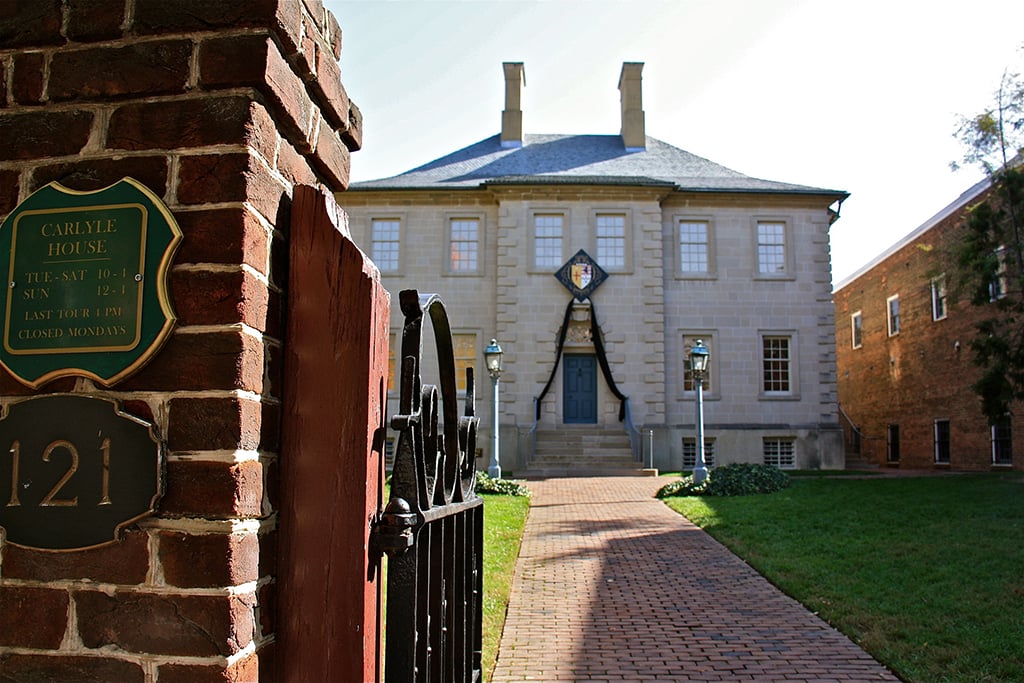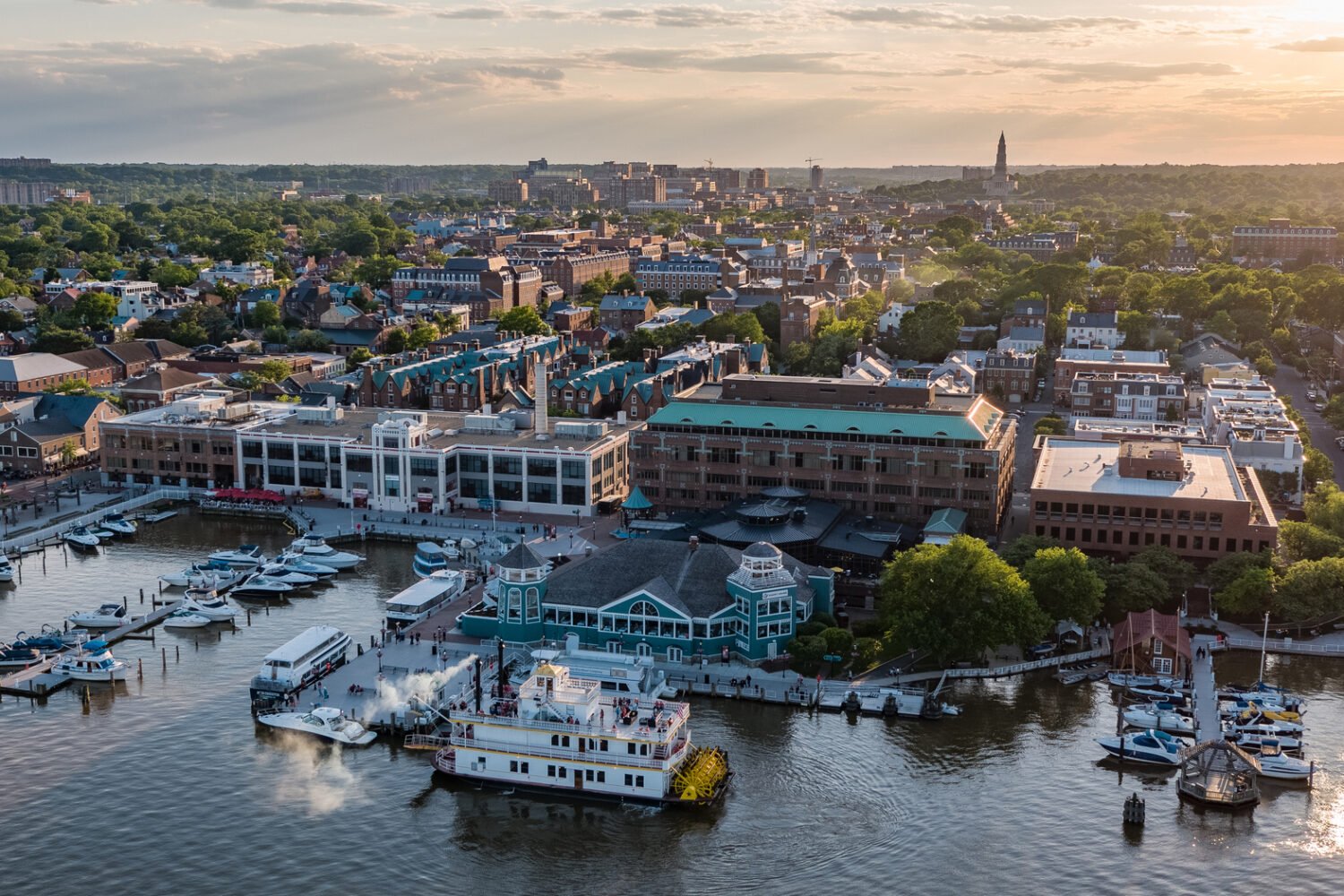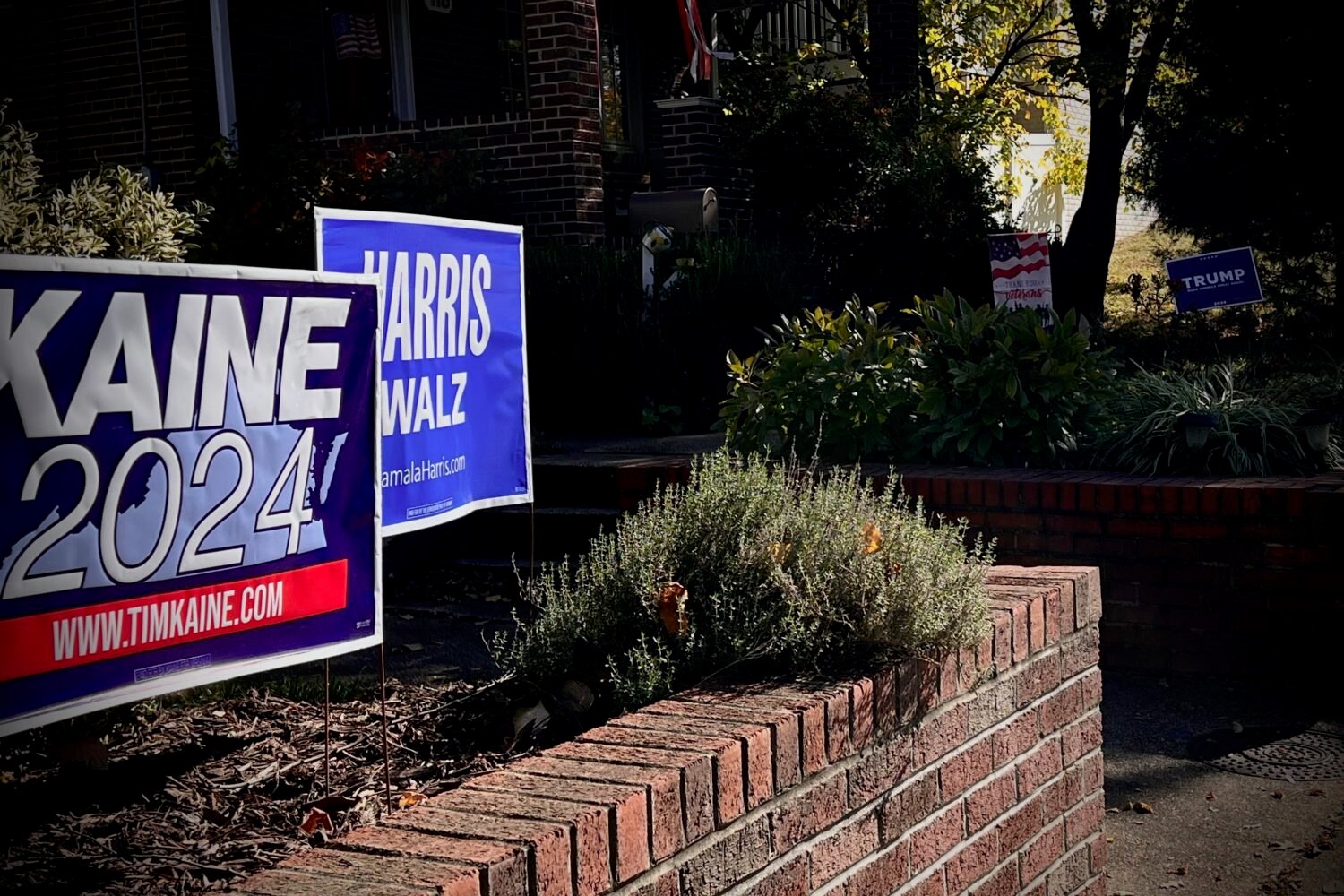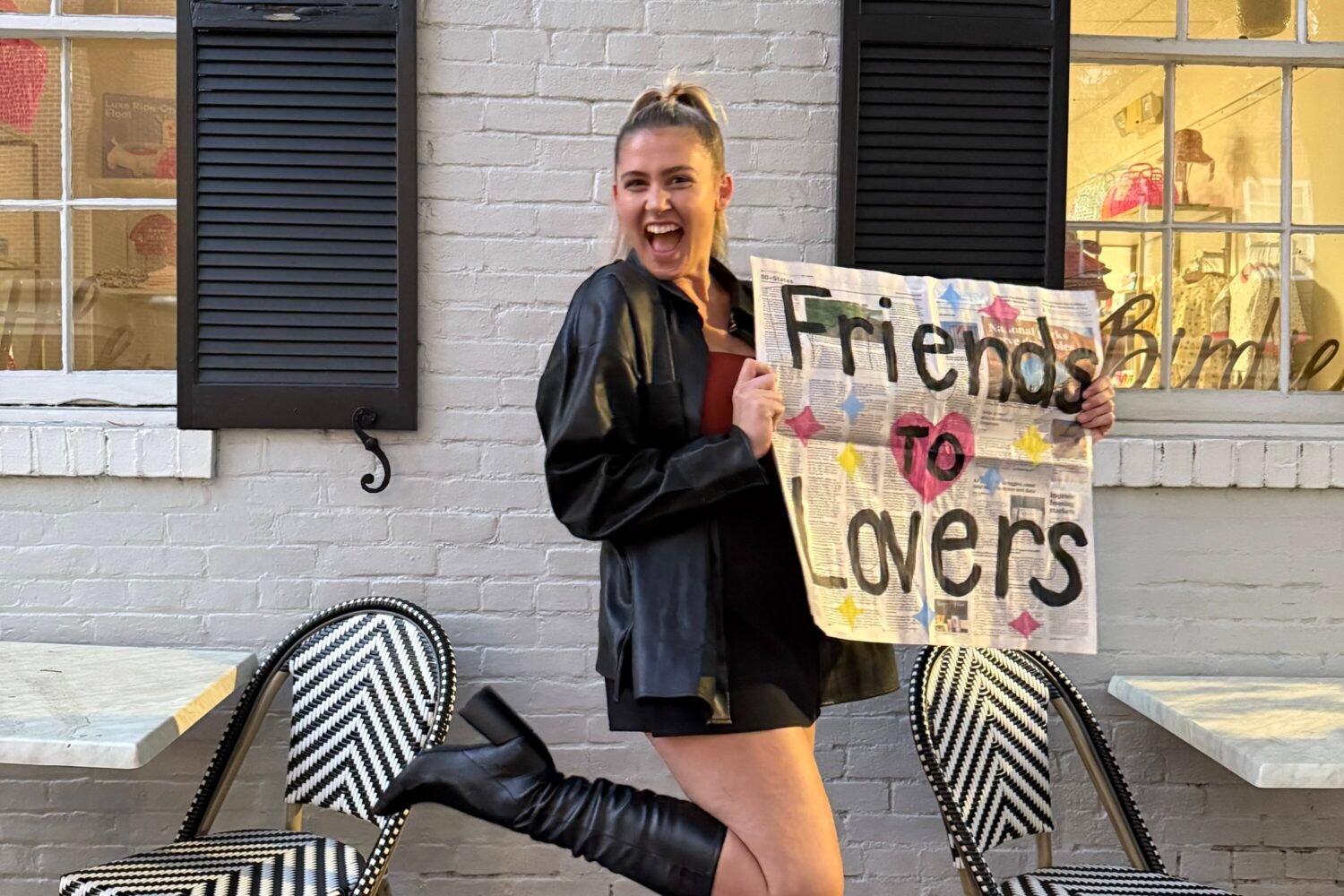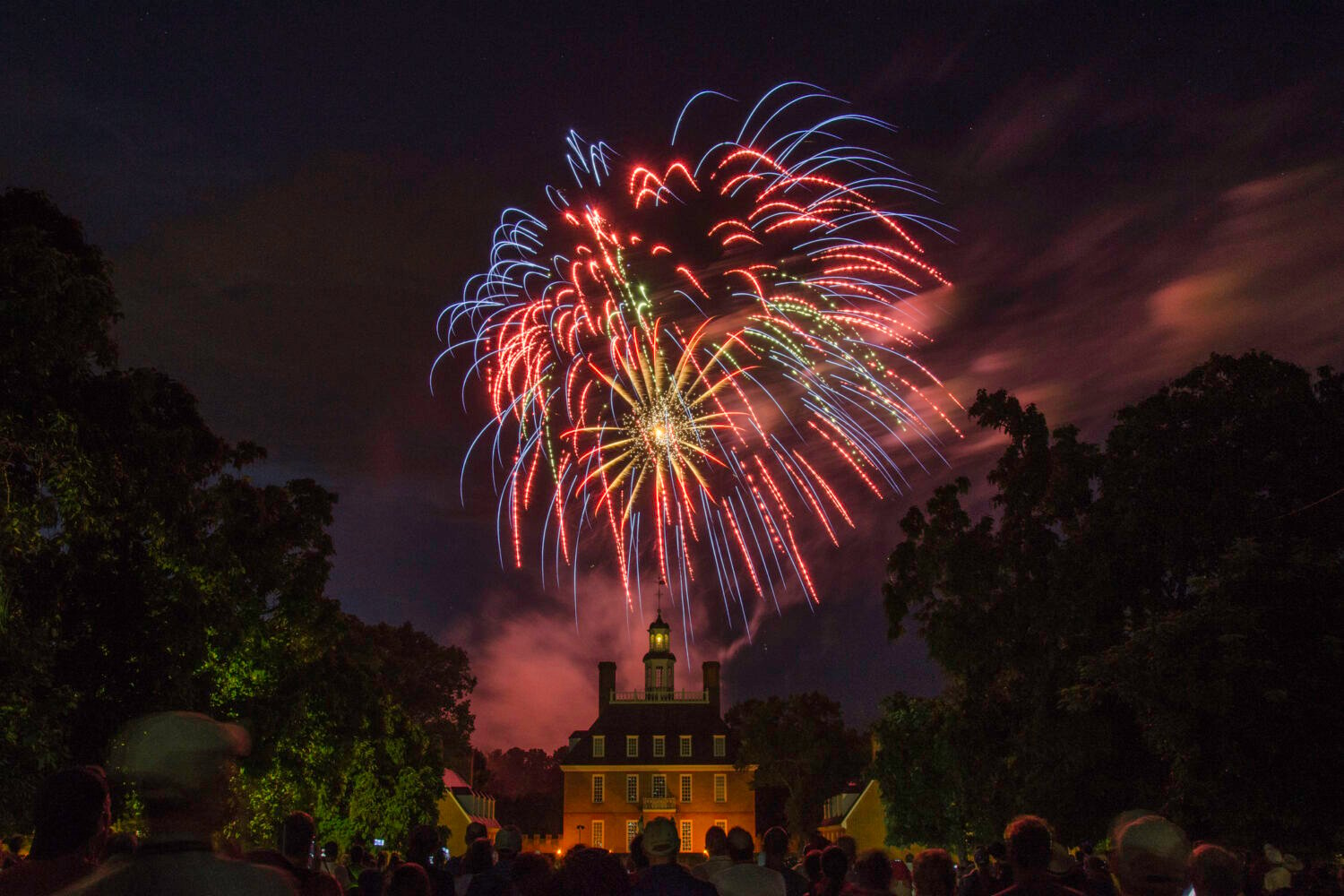Alexandria Black History Museum
This modest building is the portal to Alexandria’s African-American history, which has sites all over Old Town. Start here to see its current exhibit on Civil War–era “contraband”—black soldiers and their families who escaped from Southern slave owners to fight for the Union cause. A self-guided tour includes the restored cemetery where most of them are buried. 902 Wythe St.; 703-746-4356.
Carlyle House
The popularity of the PBS miniseries Mercy Street—based on the Civil War hospital that once sat in front of this 18th-century mansion turned museum—has led administrators to dedicate its second floor to the time when Union officers and doctors lived there. Highlights include a surgical-room set with a 19th-century amputation kit. 121 N. Fairfax St.; 703-549-2997.
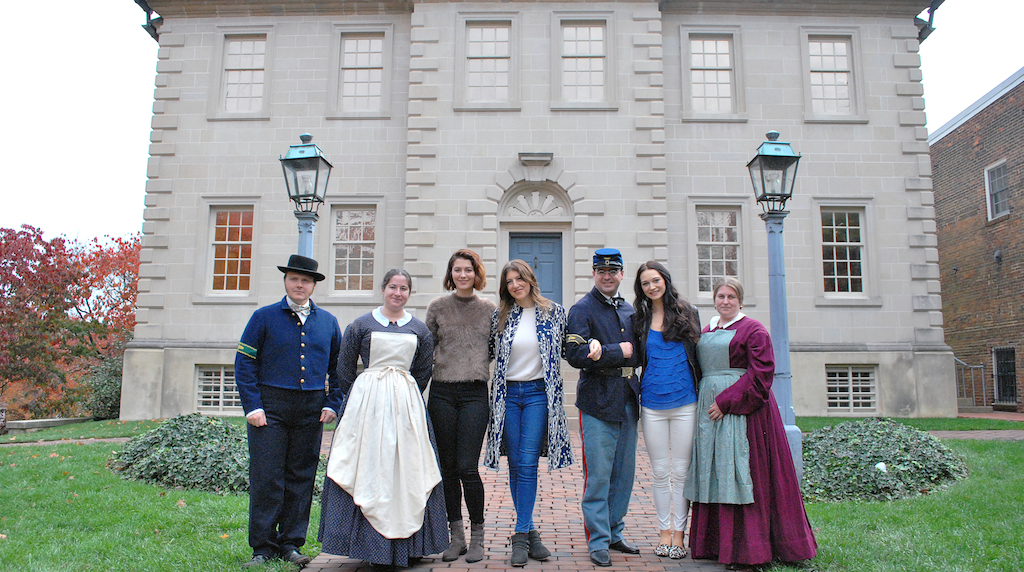
Jones Point Park
Exploring this park is almost like walking through time. Start at the edge of the Potomac, where the first DC boundary stone was laid in 1791. Then comes the lighthouse, established in 1855. The remains of a World War I shipyard lie farther back from the river, while the modern-day Woodrow Wilson Bridge looms over basketball courts and playing fields. Jones Point Dr.; 703‑235‑1530.
Lee-Fendall House
PBS lovers rejoice: Lee-Fendall’s “Beyond the Battlefield” walking tour—which starts at the Lyceum on King Street—takes visitors to landmarks that figure into Mercy Street; its Downton Abbey tea and tour celebrate the fact that the real-life owner of Highclere Castle—which played Downton Abbey in the British series—is a descendant of this Old Town home’s original owner, Phillip Fendall. 614 Oronoco St.; 703-548-1789.
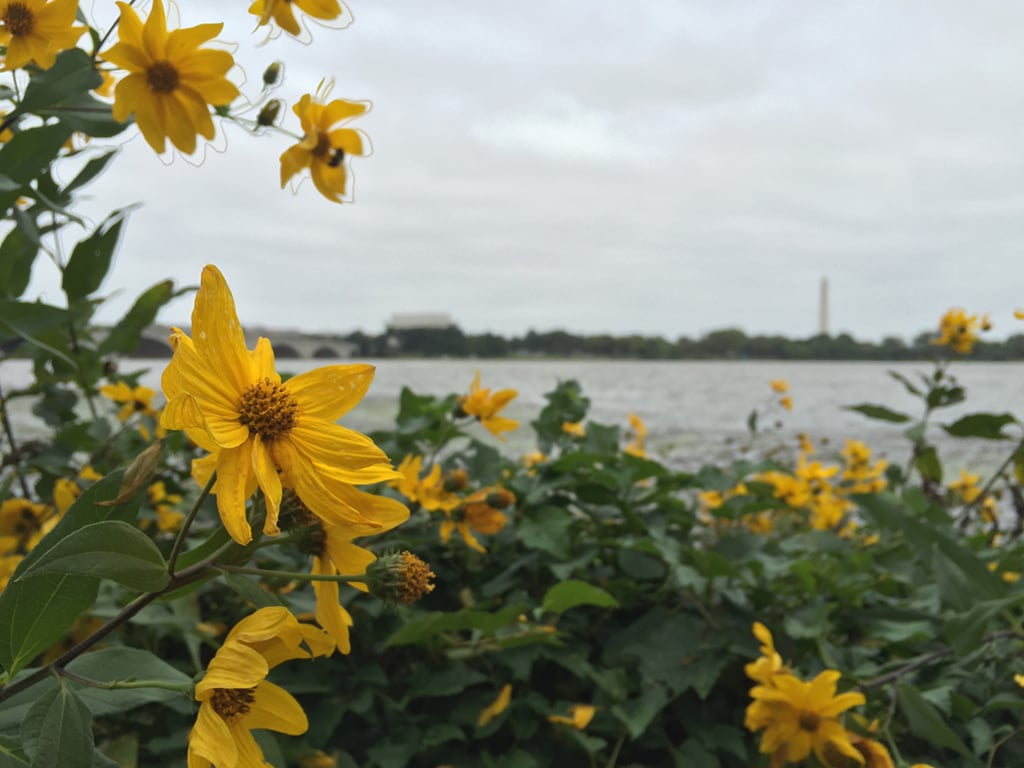
Mount Vernon Trail
National Park Service rangers offer learn-to-ride and bike-safety classes for kids on the 18-mile trail that runs through Old Town to Mount Vernon along the Potomac River. The scenery changes quickly from the DC monuments and Reagan National Airport on the northern end to a more natural setting down south, where bikers and joggers can take a three-quarter-mile trail into grassy Dyke Marsh. 703‑235‑1530.
Old Town Food Tour
For the less intense history buffs among us, this 3½-hour walking tour of landmarks and architecture includes stops at four to five restaurants. Chefs at eateries such as Society Fair and Landini Brothers (the destinations change) prepare a special dish for each group’s 12 to 14 members. 202-683-8847; info@foodtourcorp.com.
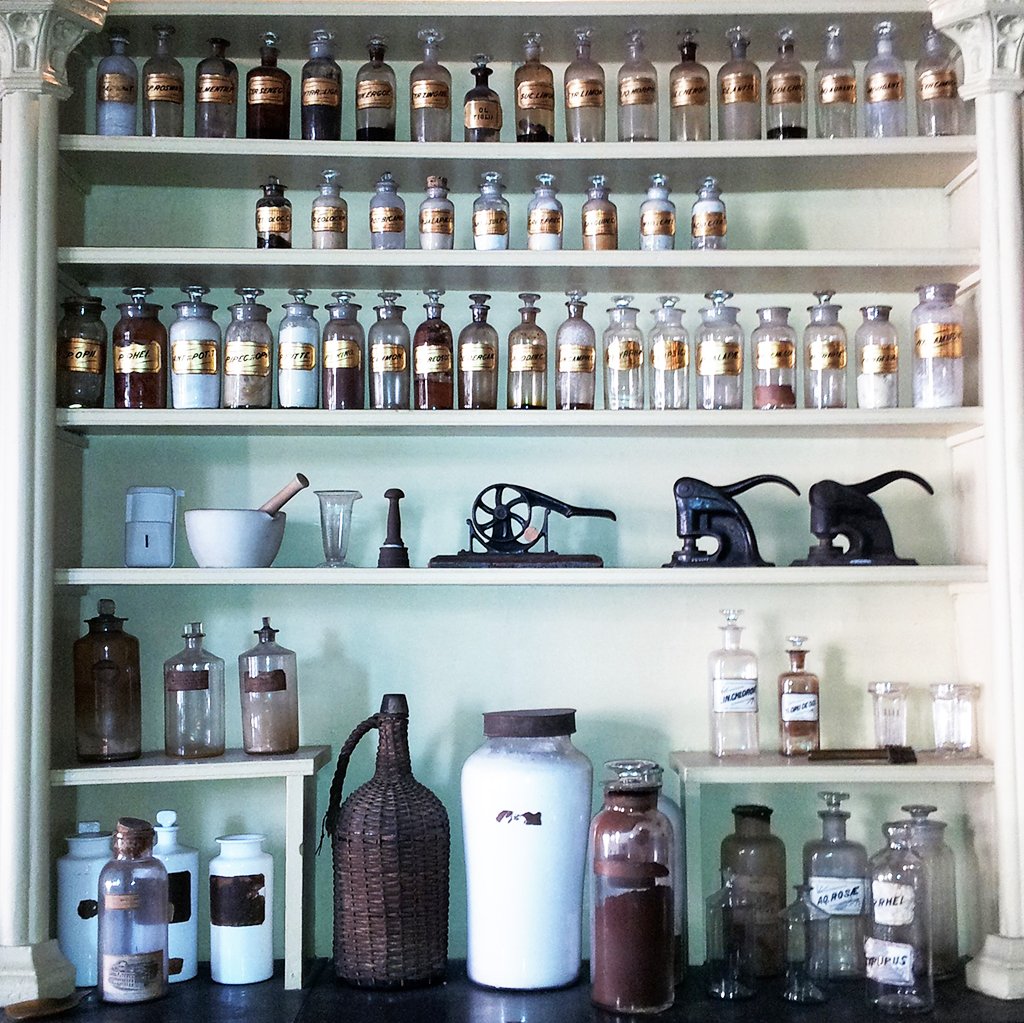
Potomac Riverboat Company
Why fight traffic to Nats Park when you can take a 30-minute boat ride to the stadium while drinking $5 beers? The Potomac Riverboat Company also partners with nearby restaurants to give discounts to passengers who want to start the party before boarding—and the parking is free with an online ticket purchase. Advance reservations recommended. Alexandria City Marina, 0 Cameron St.; 703-684-0580.
Stabler-Leadbeater Apothecary Museum
References in the Harry Potter books to dragon’s blood and unicorn root weren’t fantastical—they really existed, and you can see them in the second-floor storeroom at Leadbeaters, a working pharmacy for more than 140 years. Also on display are Civil War requisitions for the Mansion House Hospital and handwritten orders from Martha Washington. 107 S. Fairfax St.; 703-746-3852.
Freelance writer Jennifer Sergent blogs at DC by Design and can be reached at jennifersergent@verizon.net. On Instagram, she’s @jensergent.
This article appears in our June 2016 issue of Washingtonian.

